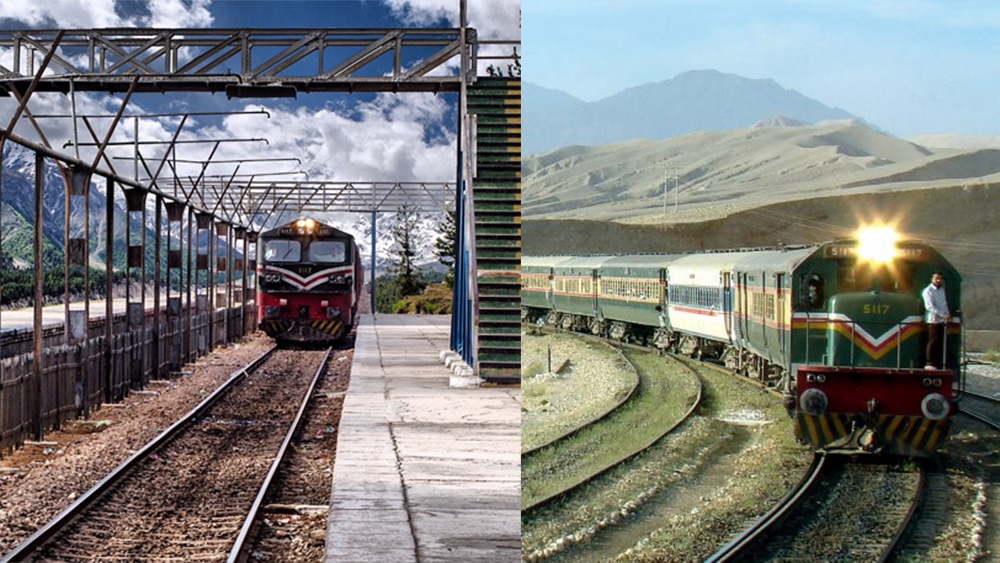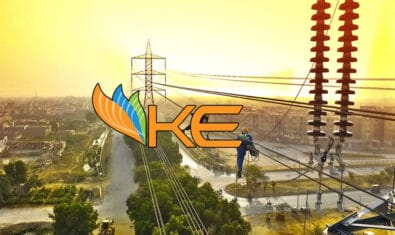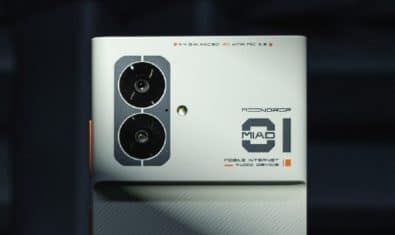The number of accidents, losses, subsidies and expenditure of Pakistan Railways (PR) increased significantly during the five years tenure of Pakistan Muslim League (PML-N) government despite an improvement in revenues.
Official sources revealed that PR losses reached around Rs 37 billion during the current fiscal year 2017-18. This figure is likely to cross Rs 40 billion by the end of June.
Comparatively, over the years Pakistan Railways has suffered a loss of:
- Rs 30.50 billion in 2012-13,
- Rs 32.52 billion in 2013-14,
- Rs 27.24 billion in 2014-15,
- Rs 26.99 billion in 2015-16,
- Rs 40.7 billion in 2016-17,
Sources say that the losses are expected to reach around Rs 42 billion by the end of 2017-18.
Pakistan Railways Revenue
According to available data, Pakistan Railways earned:
- Rs 18.078 billion in 2012-13,
- Rs 22.805 billion in 2013-14,
- Rs 31.927 billion in 2014-15,
- Rs 36.58 billion in 2015-16,
- Rs 40.083 billion in 2016-17.
During the same time, subsidies increased every year as it was:
- Rs 33.35 billion in 2012-13,
- Rs 33.6 billion in 2013-14,
- Rs 37 billion in 2014-15,
- Rs 37 billion in 2015-16,
- Rs 37 billion in 2016-17
- Rs 40 billion projected for 2017-18.
PR officials said that they are expecting to generate over Rs 50 billion revenue by the end of 2017-18 due to good budgetary allocations as well as timely releases which helped in meeting financing requirements for developing infrastructure, procuring locomotives and improving other services.
The government earmarked Rs 42.9 billion under the Public Sector Development Programme (PSDP) for the current fiscal year 2017-18 of which Rs 19.3 billion has been released so far for the the Pakistan Railways.
The government has allocated Rs 125.5 billion for PR for 2018-19 including Rs 39 billion for development schemes, and Rs 86.5 billion towards salaries and other expenses for its employees. A grant of Rs 37 billion has been budgeted for Railways to meet its deficit, against Rs 40 billion for the outgoing financial year.
Railways revenue was Rs 18 billion in 2012-13, and would cross Rs 50 billion by 2017-18. However, at the same time Pakistan Railways’ expenditures were Rs 48.58 billion in 2012-13, and reached Rs 80.93 billion during 2016-17.
Officials attributed the rise in Railways’ revenues to the increase in the number of locomotives, as well as the introduction of new freight and passenger trains such as Green Line, Parcel Express.
Rising Costs
Out of the total budget of PR amounting to Rs 90 billion for current financial year 2017-18 (consisting of Rs50 billion revenue receipts and Rs 40 billion subsidy/financial assistance), funds to the tune of Rs 55.825 billion will be consumed on salary and pension only. The loss can be controlled to some extent by generating additional revenue receipts and minimizing expenditure not directly related to train operations (such as the TA/DA and utilities). However, a huge chunk of Rs 55.825 billion is likely to be spent on mandatory payments of salary and pension. This expenditure, which is 62% approximately of the total revenue budget of Rs 90 billion, cannot be controlled.
Of the remaining Rs 34.175 billion, a sizeable sum of Rs 13.375 billion has been allocated for operational fuel costs during 2017-2018. This expenditure also can’t be controlled as many upward revisions in the prices of fuel have taken place in the current financial year.
Sources said that even passenger coaches / wagons were not being repaired as per requirement due to less allocation of funds before June, 2013. However, things have substantially improved as tangible steps were taken by the PML-N government through allocation of additional funds for repair & up-gradation / refurbishment of coaches. As a result, the availability of operational coaches has increased from 972 in 2013 to 1248 due to dedicated efforts of the management and increased spending on up-gradation of coaches.
Modernization Drive
PR has embarked upon a modernization and capacity expansion programme under which the transportation capacity of PR is being increased by employing higher speed and higher payload trains.
Focus has been shifted towards the freight sector which is a profitable venture. In June 2013, 80 percent of the revenue came from passengers and only 11 percent from freight, whereas in 2018, 53 percent revenue was from passengers and 35 percent from freight.
For the first time 55 new freight specific locomotives of 4000 to 4500 HP have been added to the existing fleet. The newly inducted locomotives improved the share of freight earnings.
Introduction of a new passenger reservation system including e-ticketing for passenger and outsourcing of commercial management of passenger trains under Public Private Partnership (PPP) also resulted in generating additional revenue.
ALSO READ
Pakistan Railway Makes Rs. 100 Million in Two Months Through E-Ticketing System
Terminal facilities are being improved by introducing modern loading/ unloading facilities to minimize loading times. As a result of these initiatives, 12 freight trains are now originating from Karachi Port against only one train per day in 2013.
Officials claimed that punctuality of passenger trains increased from 42 percent in 2013 to around 77 percent in 2018 and in some areas around 90 percent. Furthermore, about 1055 acres of land has been retrieved from encroachers so far. This figure stood at 3125 acres as of June 2013.
According to a Railways Ministry official, a total of 295 trains’ accidents occurred from 2013 to 2018, where around 120 people were killed and over 470 injured. About 157 train accidents occurred at unmanned level crossings during this period.
There are a total of 3389 level crossings over the entire Railway system including 1514 manned and 1875 unmanned level crossings. The Ministry has estimated Rs 25 billion in costs for up-gradation of unmanned level crossings across the country, including 550 vulnerable and 143 most vulnerable unmanned level crossings. In a joint survey with district governments 436 vulnerable and 75 most vulnerable unmanned level crossings were identified in Punjab, 45 and 30 in Sindh, 37 and 6 in Khyber Pakhtunkhwa and 32 and 32 in Balochistan respectively.



























Good information.
Kidher hai Yeh Kh. Saad Rafique… who says that railway has been turned into a profitable enterprise. Fooling public for a very long time… end of Noon league and their patwaris….
I read other news papers but never found so clear facts like in this article. Other news papers generally give narrow focus information that aligns with the message and leave out the rest of the facts.